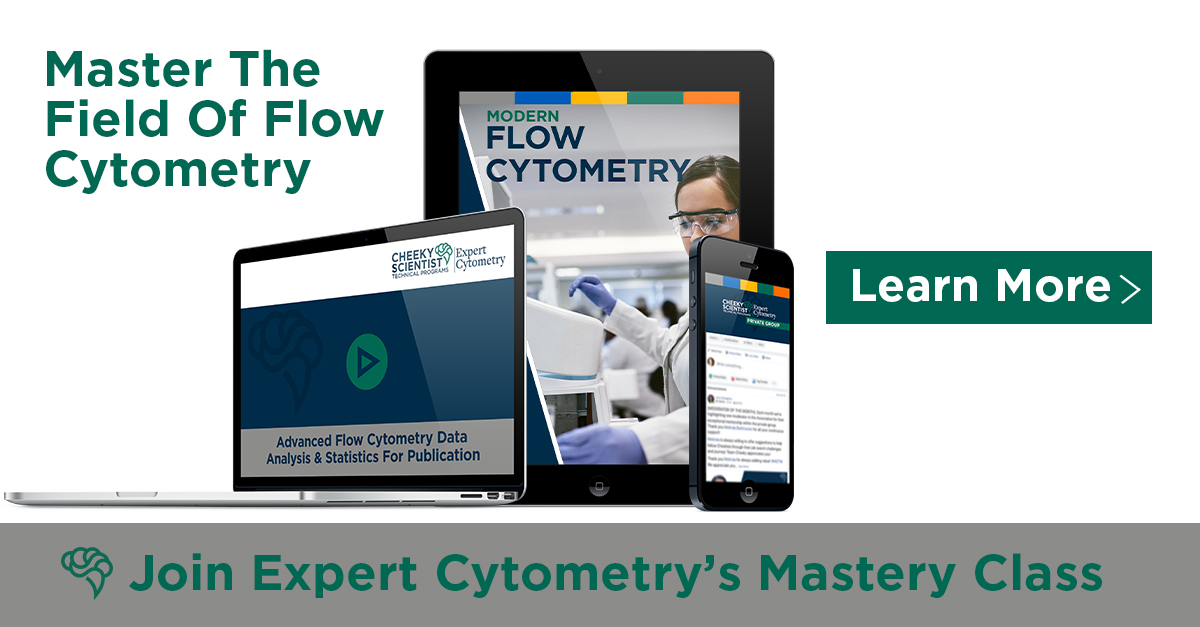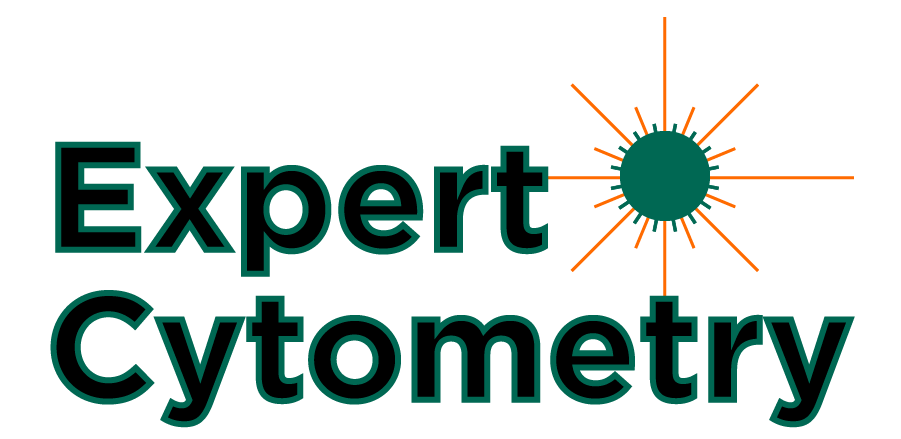5 Essential Controls For Reproducible Fluorescent Microscopy Imaging

Fluorescent imaging has the potential to bring great insights into your research project.
But, there is a lot of room for error.
And one of the most common and completely preventable errors that many researchers make is not having the necessary controls.
Having all the necessary controls may seem tedious.
I know in graduate school I was not a huge fan of controls, and would sometimes put off doing all the controls I needed until the end.
However, doing your controls after the fact is a terrible idea.
You could realize that all the data you recorded was just an artifact and that you wasted your time and samples.
It’s incredibly important to plan out your controls and perform them ahead of time so that you know that you have specific staining and you’re not picking up random noise, auto-fluorescence, and non-specific staining, etc.
Here are 5 fluorescent microscopy controls that you should be including in all your experiments…
1. Unlabeled sample.

The first and easiest control to an unlabeled sample.
In an unlabeled sample all you do is take your sample and you fix it, that’s all you do to it.
If you image this sample with the same settings that you use for your experiment and you are getting signal from it, then you have auto-fluorescence.
Now, this can either be dealt with by adding some different reagents to quench the auto-fluorescence or if your signal is high enough, then you know what is auto-fluorescence and what is your signal.
I had a user that did a whole experiment on Arabidopsis, a plant, and turned out that what they were imaging was actually all auto-fluorescence.
It took three days of imaging to discover that all she was seeing was auto-fluorescence.
Three days down the tubes, many samples used and money wasted.
2. Non-specific binding control.
If you’re staining your sample with antibodies, you need to have a control that includes just the secondary fluorescent antibody.
If you get any sort of staining pattern from using just the secondary antibody, then you have unspecific binding occurring.
The secondary antibody is binding to things other than the primary antibody, therefore, this signal cannot be trusted to be specific to the protein you’re trying to label.
If this is happening to you, then you may not be blocking or washing your sample long enough.
So do some testing to find a blocking/washing time that prevents this non-specific of the antibody.
3. Positive and negative control.
Many people forget about the importance of this control, you need to include both positive and negative controls if you’re trying to record any type of phenomenon.
Let’s say you were trying to measure the amount of hydrogen peroxide in the system, then you want to make sure that your reporter is actually reporting this.
So, as a negative control, you would want to quench the signal with something like DTT and then, as a positive control, you can actually add in hydrogen peroxide and see where the top of the range is.
This will tell you what the two ends of the dynamic range are so that you can compare those values with your sample.
If you don’t have a positive and negative control, you can’t confirm if the experiment is working or not. It will also give you a good idea of the sensitivity of your system.
4. Antibody titration curve.

Any time you are using new antibodies in your lab, you want to do a titration curve of both the primary and secondary antibodies.
You need to determine the ideal amount of antibody to use in your experiment.
Ultimately, you will get an ideal image, with the maximum amount of fluorescent staining, when you’re using the smallest amount of antibody.
Why?
Well, if you have too much antibody in your system, you can have nonspecific binding pretty quickly. This will alter the ability to get quantitative data from your sample.
Thus diminishing the confidence in your experiment.
5. Blinded image capture.
Now, in an ideal situation, you would have one person that performs the experiment and stains the samples and then another person who takes the images without knowing what each sample is.
This minimizes any bias that we may have and allows you to have a more controlled experiment.
Now, if you can’t do this, what we often suggest is picking a specific number of places in different locations on your coverslip, and taking the images at the same locations on every single coverslip.
This way you can minimize the bias you have towards only capturing images of pretty cells or of areas that contain the outcome that you expect.
Controls are an integral part of all science. And the complexity of fluorescent microscopy makes including the right controls in your experiments paramount. You should be including these 5 controls in your experiments, an unlabeled sample, a non-specific binding control, a positive and negative control, an antibody titration curve, and blinded image capture. With those controls, you can be sure that your experiments are what you think they are and perform your imaging with confidence. So, happy imaging!
To learn more about the 5 Essential Controls For Reproducible Fluorescent Microscopy Imaging, and to get access to all of our advanced microscopy materials including training videos, presentations, workbooks, and private group membership, get on the Expert Microscopy wait list.

ABOUT HEATHER BROWN-HARDING
Heather Brown-Harding, PhD, is currently the assistant director of Wake Forest Microscopy and graduate teaching faculty.She also maintains a small research group that works on imaging of host-pathogen interactions. Heather is passionate about making science accessible to everyone.High-quality research shouldn’t be exclusive to elite institutions or made incomprehensible by unnecessary jargon. She created the modules for Excite Microscopy with this mission.
In her free time, she enjoys playing with her cat & dog, trying out new craft ciders and painting.You can find her on twitter (@microscopyEd) a few times of day discussing new imaging techniques with peers.
More Written by Heather Brown-Harding












